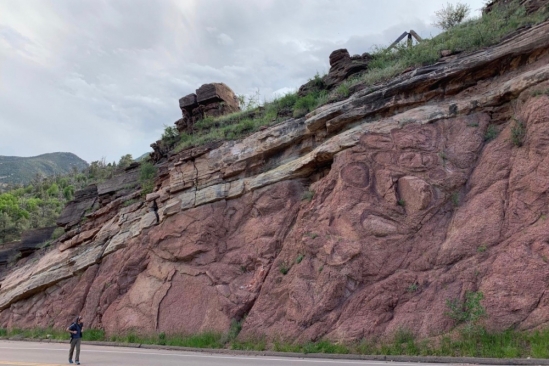Did We Lose a Billion Years During ‘Snowball Earth’?
UCSB Geologist’s Answer to the ‘Great Unconformity’

A team of scientists — including one from UC Santa Barbara — recently debunked a leading explanation for one of geology’s greatest mysteries.
Geologists call it the Great Unconformity, and it refers to more than one billion years’ worth of missing rock in various places around the globe, including the Grand Canyon. Huge chunks of geologic history are missing from these spots, and UCSB geologist Francis MacDonald — and his colleagues from the University of Colorado, Boulder, and Colorado College — believe they’re closer to understanding why.
Many geologists think glaciers wiped out these rocks over 600 million years ago, when ice completely covered the planet. Explorer John Wesley Powell was the first to note the missing layers of strata in the Grand Canyon in 1869, and the glacier scour theory encompassed an icy time known as Snowball Earth.
MacDonald and his team analyzed rock samples taken near the Great Unconformity at Pikes Peak in Colorado. They found that the Great Unconformity there occurred up to one billion years ago — before the Earth was covered in ice.
During that time period, the missing rock might have been lost as tectonic plates collided and formed supercontinents, according to the study, which was published in the Proceedings of the National Academy of Sciences.
More scientists will need to conduct similar studies to confirm MacDonald’s findings. But now the scientific community is one step closer to solving a mystery first discovered almost 200 years ago.
At the Santa Barbara Independent, our staff continues to cover every aspect of the COVID-19 pandemic. Support the important work we do by making a



